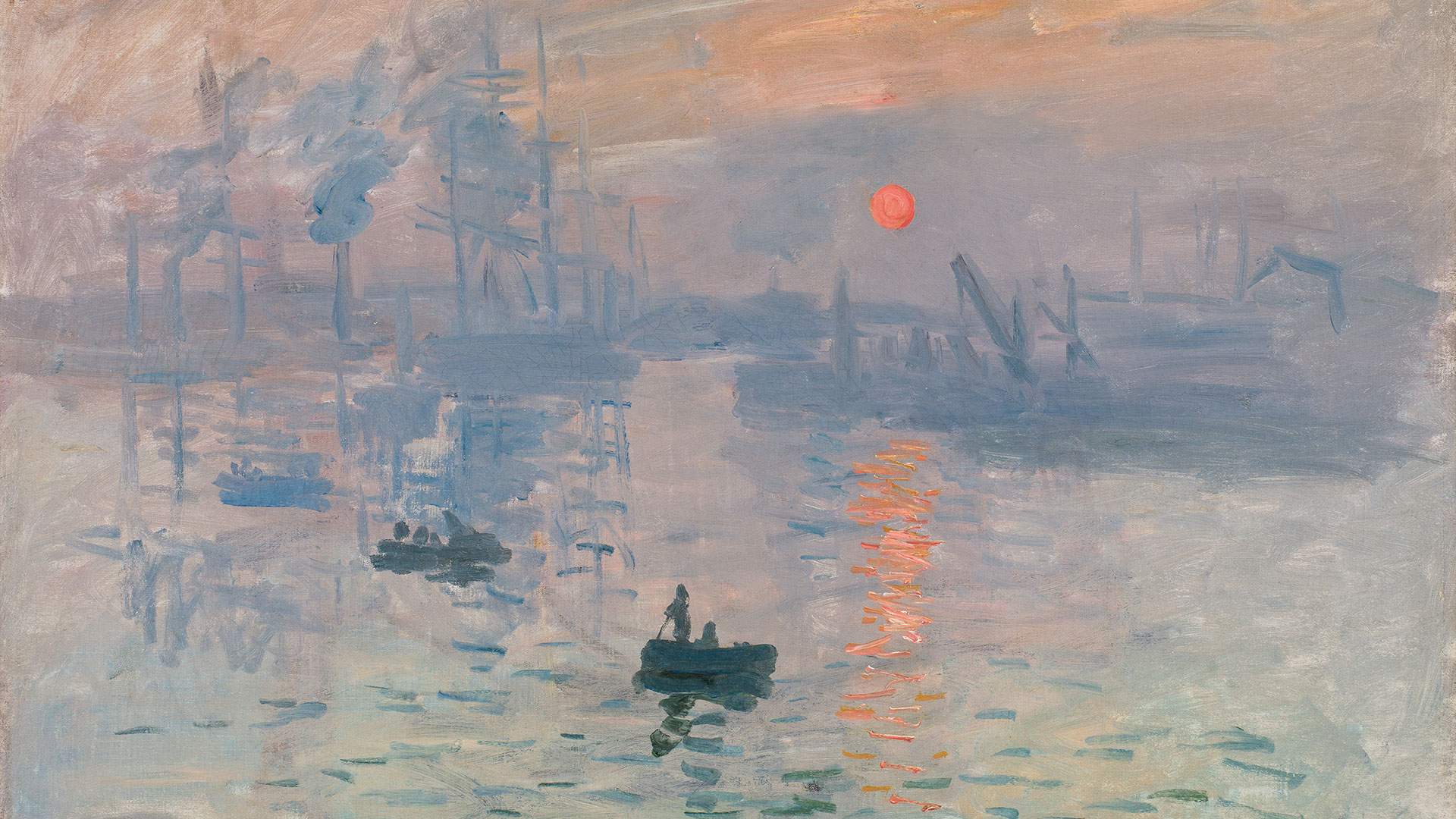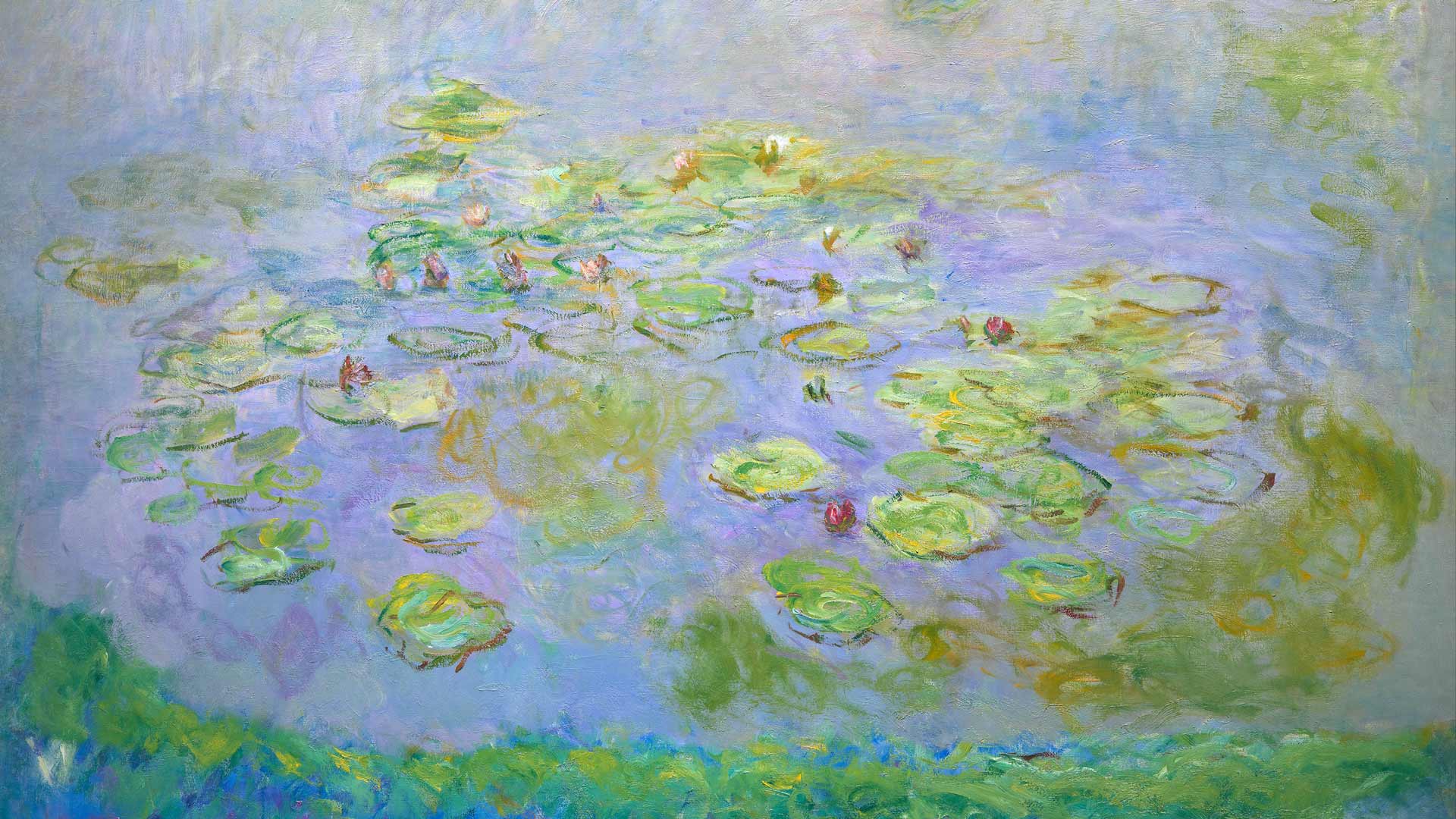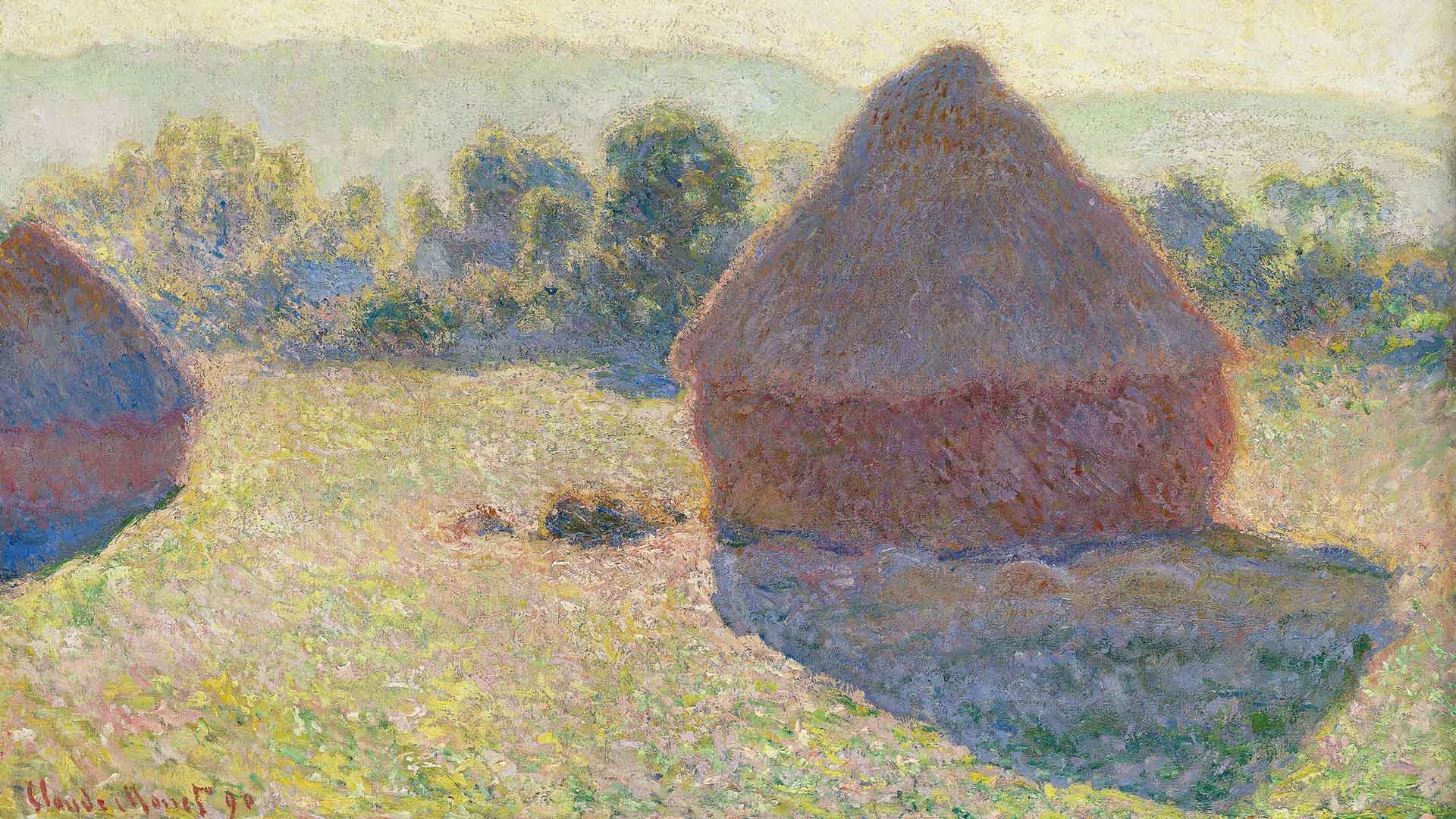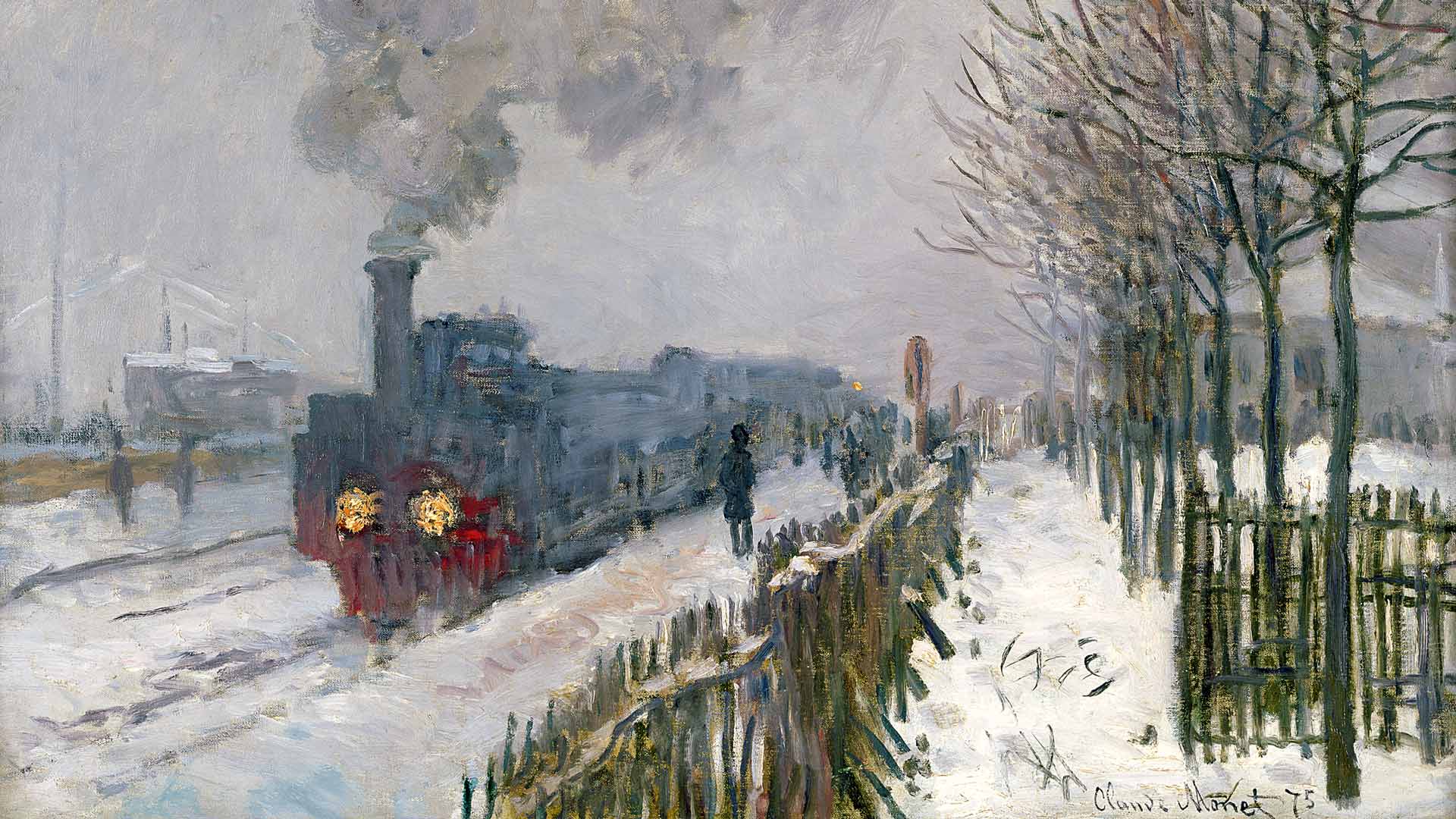Five Stunning Claude Monet Paintings You Can See When You Visit the NGA's Latest Exhibition
'Monet: Impression' features the legendary artist's most famous painting.
When it comes to history's legendary painters, Claude Monet's name stands out above most. Now, for the first time ever, Australian audiences are invited to experience the painting that the entire Impressionist movement was named after as the National Gallery of Australia exhibits Monet's world-famous masterpiece, Impression, sunrise.
As well as a striking collection of other Monet paintings, the exhibition features works by an array of artists who inspired or followed Monet into leaving behind the studio and painting 'en plein air'. From JMW Turner to James McNeill Whistler and Eugène Boudin, other contemporaries of Monet featured at the NGA include Alfred Sisley and Berthe Morisot, one of the few female painters among the Parisian Impressionists.
With their visible brush strokes and incredible depictions of light and its subtle changes, many of these works have been gathered from the Musée Marmottan Monet in Paris, which almost never loans its collection.
Running until Sunday September 1, Monet: Impression Sunrise is undoubtedly worth taking a wintertime road trip to Canberra for, so grab your pals and hit the road.


Claude Monet, Impression, sunrise (1872), courtesy of the Musée Marmottan Monet, Paris and Christian Baraja SLB.
IMPRESSION, SUNRISE
The masterpiece after which the Impressionist art movement was named, Impression, sunrise was finished in 1872 and showcases the early techniques of Monet who was in the midst of his creative development. Painted while he was looking out across the harbour in Le Havre from his hotel window, the piece is not particularly symbolic of Monet's later work, but still features some instantly recognisable attributes, such as how the water, sky and reflections all melt together. When it was displayed at an exhibition in Paris in 1874, art critic Louis Leroy famously borrowed the term "Impressionist" from the work's title for his review. And while it wasn't meant to be a compliment, the name stuck.


Waterlilies (1914–17), courtesy of the NGA.
WATERLILIES
During the last 30 years of Monet's life, the 'Water Lilies' series became his obsession. Monumental in its scope, the series includes 250 works that capture Monet's beloved garden at his home in Giverny, France. The later years of Monet's life were perhaps his most prolific, but there could have been even more in the 'Water Lilies' series — in 1908 as he prepared for a new exhibition in Paris, Monet decided that 15 of the paintings failed to meet his expectations and chopped them in half. However, the many works that we still do have elegantly present the light and shadow that bounced across Monet's garden.


On the beach at Trouville (1870), courtesy of the Musée Marmottan Monet, Paris.
ON THE BEACH AT TROUVILLE
Created during the summer of 1870, this work is one of five beach scenes that Monet painted during his stay at a popular beachside resort. Overlooking the English Channel, this work captures what is most likely Monet's wife Camille, while in the background scores of families from French high-society enjoy the bustling holiday destination. With grains of sand found still embedded in the paint, some of the paintings in this series are considered to be incomplete sketches for a larger body of work, while others were later finished to Monet's almost impossibly high standards.


Haystacks, midday (1890), courtesy of the NGA.
HAYSTACKS, MIDDAY
Widely regarded by critics as possibly his most stunning series, Monet produced around 30 paintings between 1888 and 1891 showing haystacks at various times of the day and in different weather conditions. Considered by the artist himself to be some of the most challenging paintings he ever produced, these works depict a great sense of optimism as the verdant countryside was seen as a great hope compared to the failing French economy of the era. As with sand from the beaches of Normandy in his coastal paintings, you can still see fragments of grass hidden within the paint throughout the Haystacks series. One painting from 'Haystacks' recently sold for almost $160 million, which shows some people clearly can't get enough of its beauty.


Train in the snow, locomotive (1875), courtesy of the Musée Marmottan Monet, Paris.
TRAIN IN THE SNOW, LOCOMOTIVE
This artwork was painted during Monet's time living in the small village of Argenteuil, which would soon rapidly grow in size as a new train line direct to Paris brought great interest to the area. Having stood out in the cold for hours for this work, Monet was well known to brave just about any weather condition to capture the perfect moment. Many of his later works featured aspects of technology, with modern bridges, trains and city life becoming common subjects. But, this earlier artwork from 1875 was created before Monet became increasingly experimental and as he sought to find a way to avoid the prevailing Western painterly perspective.

Monet: Impression Sunrise is running until September 1 at the National Gallery of Australia, Canberra. Head to the website to purchase tickets and for more information.




